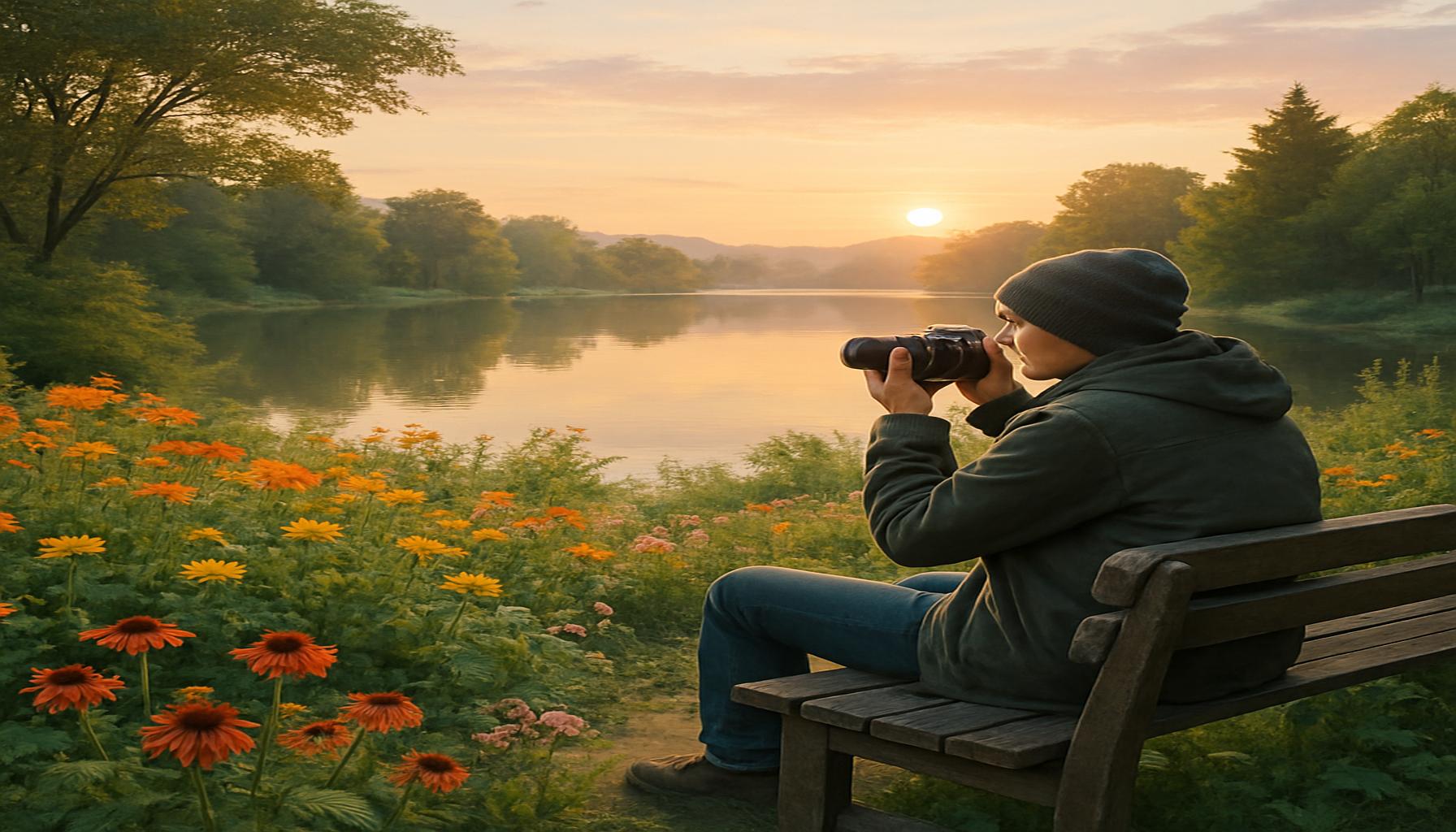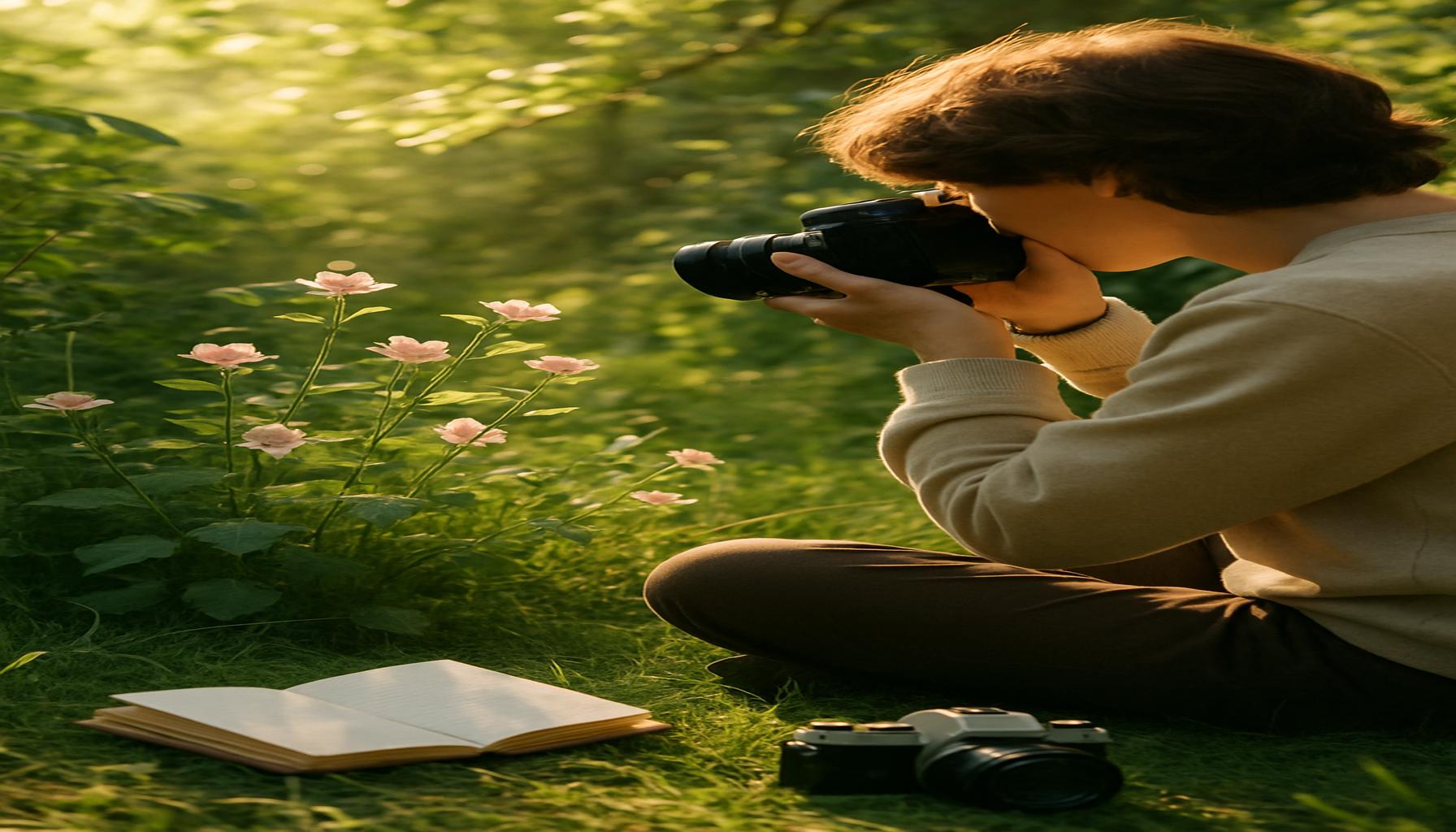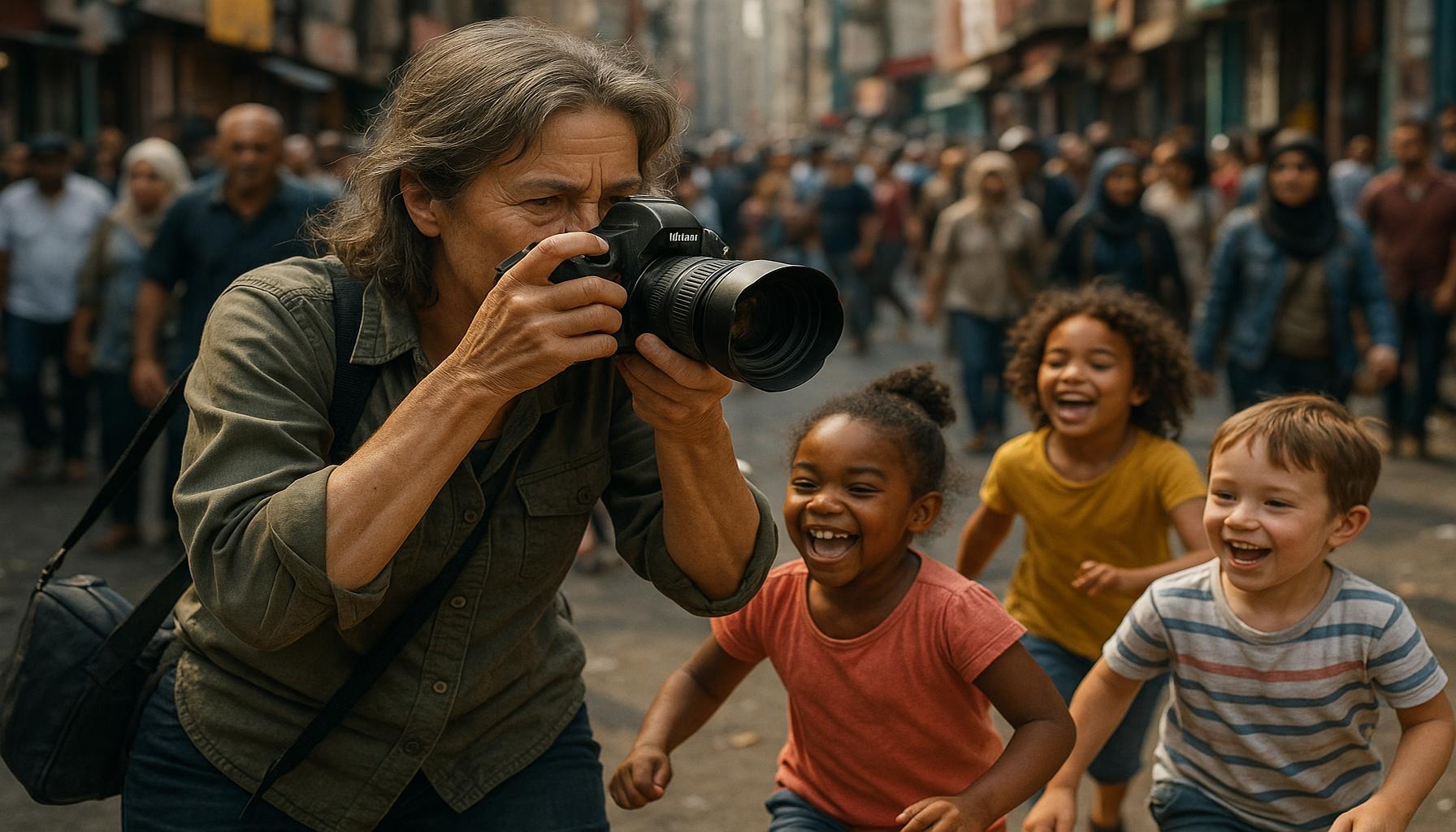Food Photography: Tips to Transform Dishes into Visual Artworks
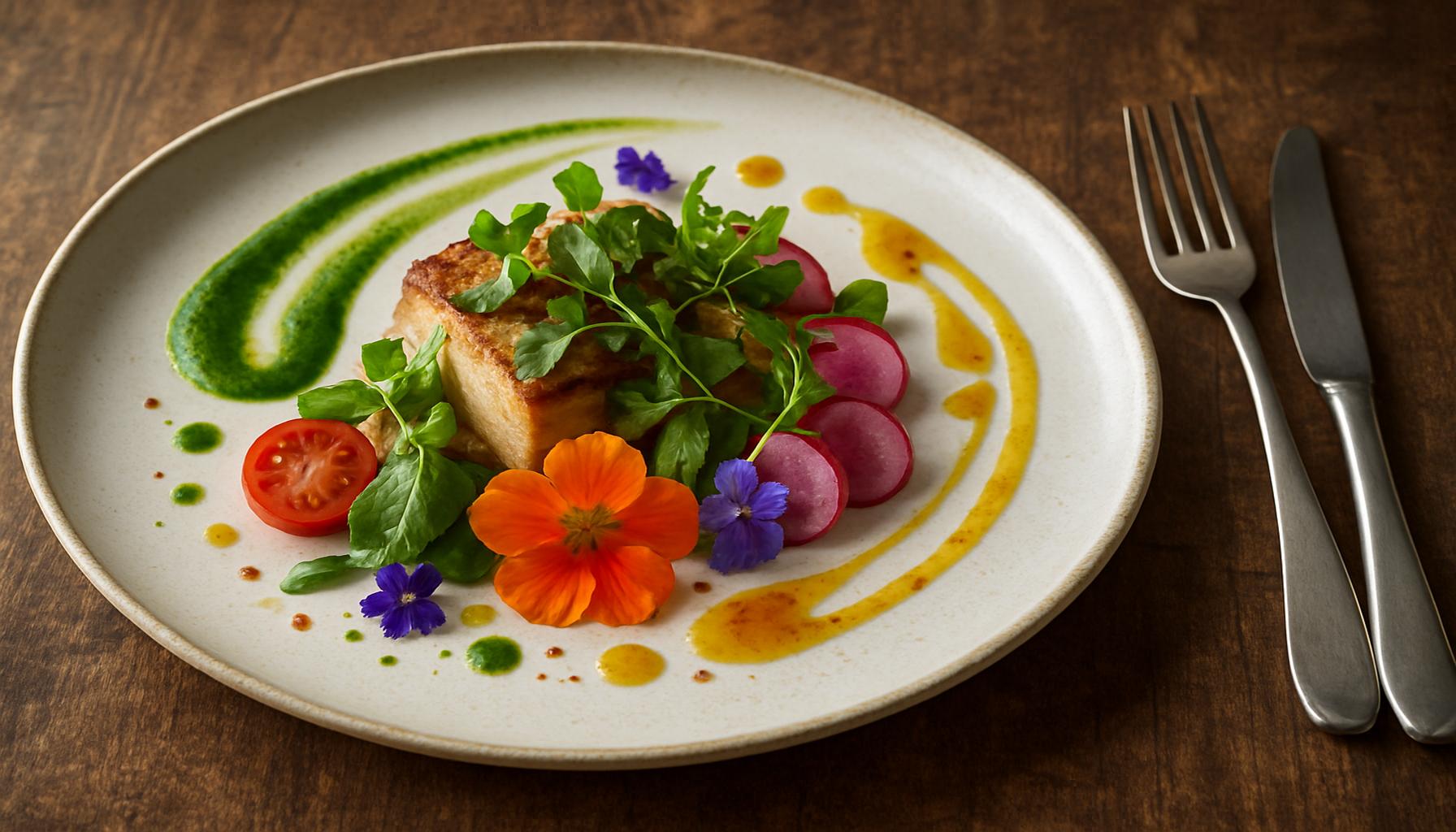
The Art of Capturing Culinary Delights
Food photography transcends mere snapshots; it encapsulates the rich tapestry of flavors, textures, and aesthetics inherent in culinary creations. In an age dominated by social media platforms like Instagram and Pinterest, where food visuals can go viral in seconds, the ability to turn ordinary meals into visual masterpieces has become increasingly important for chefs, food bloggers, and everyday food enthusiasts alike.
Techniques to Elevate Your Food Photography
Whether you are an experienced photographer or an enthusiastic beginner, honing the craft of food photography involves understanding and mastering a few key techniques. Here are some of the foundational aspects that can drastically enhance the quality of your food imagery.
- Lighting: Harnessing natural light is crucial in food photography. Rather than using harsh artificial lighting, positioning your setup near a window can create soft shadows that highlight the unique textures of your dish. For instance, the way sunlight catches the glistening surface of a caramel dessert can evoke desire and appetite, transforming the image from mundane to tantalizing.
- Composition: The arrangement of food and other elements in your shot plays a vital role in crafting a visual narrative. Utilizing techniques like the rule of thirds can significantly influence viewer engagement. For example, placing a vibrant salad slightly off-center can create a dynamic balance with the empty space that might incorporate a glass of wine or rustic bread, leading the viewer’s eye across the image.
- Props & Background: Choosing the right props and backgrounds can dramatically enhance the overall aesthetic of your food photography. Natural materials, such as wooden cutting boards or linen napkins, can add warmth and authenticity. A neutral background can make colorful dishes pop, while textured surfaces can provide an interesting contrast, showcasing the food in an appealing manner.
These elements not only serve to improve visual appeal but also help tell a broader story about the food being captured. A study from the University of California reveals that enticing food images can stir emotions and evoke nostalgia similarly to well-crafted narratives. Presenting food as art engages the senses and invites viewers to imagine the tastes and experiences associated with the dish.
Practical Tips for Capturing Stunning Images
As you delve into the world of food photography, practical tips and hands-on techniques await to guide you in creating mouth-watering images that delight the eye. Experimenting with angles—overhead shots for flat lays versus eye-level close-ups—can yield different impacts on the viewer’s perception. Consider also the use of editing tools to enhance colors, contrast, and sharpness post-shoot, ensuring that your dishes look their best.
In summary, mastering food photography is a journey that enriches both your culinary and visual storytelling skills. As you refine your techniques, each photo can serve not just as a representation of a meal but as a vivid, heartfelt invitation to share in the experience of cooking and eating. Dive deeper into this captivating medium and transform your dishes into remarkable works of art that engage and inspire, making every frame a delicious visual feast.
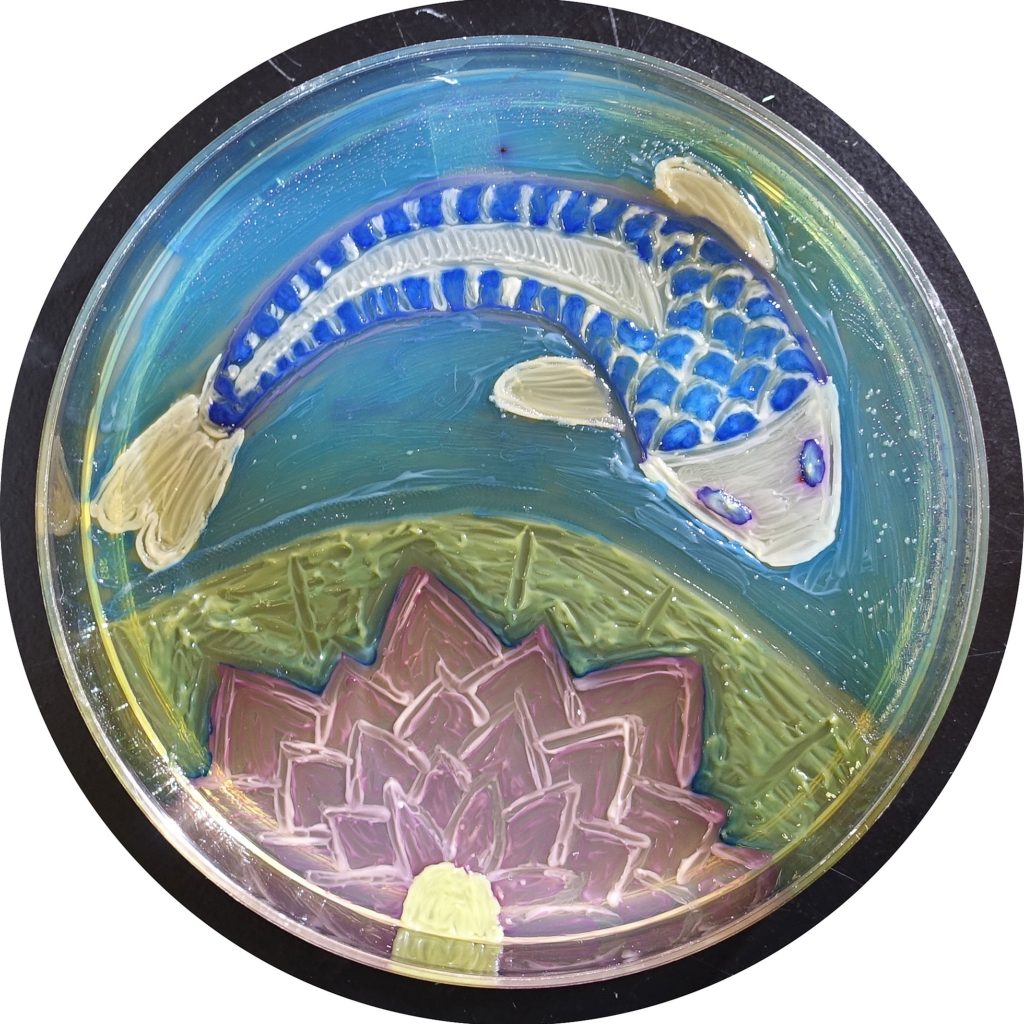
DISCOVER MORE: Click here to dive into the evolution of digital photography
Mastering the Essentials of Food Photography
As you embark on your journey in food photography, it is essential to grasp the fundamental aspects that can dramatically improve your images. Understanding how to manipulate lighting, composition, and styling will allow you to showcase your culinary creations in a way that captures not just the food, but the essence of a delightful dining experience.
Understanding Natural Light
Light forms the backbone of any photograph, and food photography is no exception. Utilizing natural lighting can be particularly effective, as it helps create a warm and inviting atmosphere. The golden hour, just after sunrise or before sunset, offers soft, diffused light that can make your dishes appear more appetizing. A simple test is to position your dish near a window and observe how the light dances on the textures. You’ll find that shadows can enhance the depth of your images, drawing the viewer into the delicious details of the food. Avoid harsh midday sunlight, as it often casts unappealing shadows and flaring highlights.
The Power of Composition
Once you have found the perfect light, composition will be your next focus. This entails the strategic placement of food items, props, and backgrounds to create compelling visual narratives. The rule of thirds is a popular guideline among photographers. Instead of centering your dish, divide your frame into a 3×3 grid and position the main elements along these lines. This technique not only makes the image more dynamic but also naturally guides the viewer’s eye. Additionally, think about incorporating leading lines—like a fork or a flowing sauce—that can lead attention toward the focal point of your photo.
- Variety in Angles: Take advantage of different angles such as straight-on, overhead, or slightly tilted shots. Each perspective can evoke a different emotional response and highlight unique features of your dish. For example, a top-down view works well for flat lay presentations, showcasing the beautiful arrangement of a breakfast spread or a colorful salad.
- Negative Space: Don’t shy away from leaving some empty space in your frame. This technique, known as negative space, can create a sense of elegance and sophistication, allowing your dish to be the true star of the photograph.
- Color Harmony and Balance: Explore the color palette of your dish and how it interacts with the background and props to create a balanced image. Complementary colors can make the food pop, while a monochromatic scheme can evoke simplicity and elegance.
It’s also wise to remember that experimentation is key; don’t hesitate to adjust your setup. Testing out various backgrounds and textures, such as rustic tables or marble surfaces, can greatly enhance or alter the overall vibe of your images.
Styling Your Dishes
Food styling plays a pivotal role in photography, as how a dish is presented on the plate can significantly influence its visual appeal. Use fresh ingredients, garnishes, and careful arrangement to create an inviting tableau. For instance, a sprinkle of herbs or a drizzle of olive oil can add texture and color, enhancing the dish’s overall aesthetic. Ensuring that the plates or bowls you choose are appropriate for the meal can also elevate your photography. Choosing contrasting colors or interesting designs can contribute to a more vibrant final product.
The magic of food photography lies in the ability to convey a story through images. By mastering these essential techniques, you can elevate ordinary dishes into captivating visual masterpieces that not only please the eye but also stir the appetite. As you continue to explore this artistic medium, you will find that each click of the shutter brings you closer to mastering the art of transforming food into visual artworks.
| Advantages of Food Photography | Descriptive Insights |
|---|---|
| Captivating Presentations | Food photography allows for the visual storytelling of culinary creations, bringing dishes to life and enticing viewers. |
| Enhanced Social Media Engagement | Well-composed food images generate higher engagement rates on platforms like Instagram and Pinterest, increasing visibility for food businesses. |
| Creative Expression | Food photography serves as a medium for chefs and bloggers to express their creativity, showcasing unique styles and flavors visually. |
| Increased Sales and Interest | High-quality food photography can lead to increased sales, as appealing visuals are a critical factor influencing customer purchase decisions. |
Diving deeper into the art of food photography, it’s essential to understand the role of lighting, composition, and styling. Using natural light can enhance colors and textures, while the use of negative space can draw attention to the dish itself. Additionally, props and backgrounds can create context, telling a story that resonates with viewers. Experimenting with angles and perspectives can also dramatically impact the final image. A bird’s-eye view might work beautifully for a vibrant spread, while a side angle could highlight layers in a decadent dessert. It’s these creative choices that transform mere snapshots into visually appealing artworks. Capturing the essence of each dish not only elevates your portfolio but also invites others to share in the culinary experience. As you refine your skills in food photography, remember that each plate has a unique story that deserves to be beautifully told.
DISCOVER MORE: Click here to uncover the emotional and mental benefits of photography therapy
Advanced Techniques for Captivating Food Photography
Once you’ve locked down the essentials of lighting, composition, and styling, it’s time to delve into advanced techniques that can elevate your food photography from good to truly stunning. These methods will help you stand out in a crowded digital landscape where mouth-watering food images are a common sight.
Utilizing Props to Enhance Your Story
The right props can serve as invaluable allies in telling the story behind your dishes. Think about the ambiance you want to create; rustic wood boards, vintage cutlery, or vibrant textiles can all add depth and context to your photographs. Consider using ingredients in their raw form—like spices, herbs, or fruits—that can enhance the theme of your dish. For instance, if you’re shooting a decadent chocolate cake, having fresh cacao beans or cocoa powder scattered in the scene can evoke rich narratives of indulgence.
When choosing props, maintain a harmonious color palette. Contrasting colors can make the food pop, while tonal matching can create a more cohesive look. Ultimately, the goal is to select elements that complement—not overshadow—the dish.
The Importance of Depth of Field
Depth of field, or the amount of the image that is in focus, is an important aspect of food photography. A shallow depth of field can create a dreamy, intimate feel by blurring the background and drawing attention directly to the food. This is particularly useful for close-up shots, where textures and details can grab the viewer’s attention. Conversely, a greater depth of field allows for capturing multiple elements in focus, ideal for wider compositions like table spreads or buffets.
Experiment with different apertures on your camera to achieve the desired effect. A lens with a wide aperture (like f/1.8 or f/2.8) will give that beautifully blurred background, while a narrower aperture (such as f/8 or f/11) will keep more elements sharp and clear. Finding the right setting can greatly impact the mood and clarity of your images.
Post-Processing Magic
Even if your food photography skills are spot-on, editing is where you can fine-tune your images and add that extra bit of magic. Utilizing software such as Adobe Lightroom or Photoshop can help you adjust brightness, contrast, saturation, and sharpness, bringing your photos to life. While it’s tempting to apply heavy filters, strive for a more natural look that reflects the true colors and textures of your food. Remember, the goal of post-processing is to enhance, not disguise.
Utilize features like cropping and straightening to improve composition post-shoot. Minor adjustments can significantly impact the final image’s readability. Moreover, if you’re looking to create a cohesive Instagram feed, consider developing a consistent editing style that reflects your unique voice.
Capturing Movement and Action Shots
One way to elevate your food photography is by capturing action or movement, which can interject life and enthusiasm into your images. Shots of culinary processes—like pouring syrup, tossing a salad, or pulling a pizza from the oven—invoke a sense of immediacy. To freeze these moments in time, rely on a fast shutter speed; higher frame rates will enable you to capture quick movements.
Additionally, consider using a tripod when shooting action sequences to maintain stability, ensuring that your framing remains consistent even as you make adjustments between shots. This technique not only helps maintain sharp focus but can also generate a series of images that can be combined into mesmerizing sequences or time-lapse videos.
By integrating advanced techniques into your food photography practice, you will not only enhance the visual allure of your dishes but also engage and connect with your audience on a deeper level. As you dive into the intricacies of this art form, keep pushing boundaries, stay curious, and let your creativity flow.
DIVE DEEPER: Click here to discover more
Conclusion: Transforming Culinary Creations into Visual Masterpieces
Food photography is not just about capturing a dish; it’s about telling a story and evoking emotions. As we’ve explored, mastering the fundamentals of lighting, composition, and styling is crucial, but it is the incorporation of advanced techniques that sets remarkable food photography apart. By utilizing props to enhance your narrative, experimenting with depth of field, and perfecting your post-processing skills, you have the tools to create visually stunning images that make food come alive on the screen.
Don’t underestimate the power of movement and action shots to bring energy and excitement to your compositions. These techniques can engage viewers, enticing them not just to see, but to feel the experience of the meal. Whether you’re a food blogger, an aspiring chef, or simply a food enthusiast, the principles outlined in this article can help you elevate your photography to new heights.
In this digital age of scrolling and sharing, investing time in refining your food photography skills can make a significant difference in how your culinary creations are perceived. Remember that each dish has a unique story waiting to be told through your lens. So, gather your tools, ignite your creative spirit, and embark on this delicious journey. Your culinary masterpieces deserve to be admired not only for their taste but for their visual artistry as well.
Now is the time to pick up your camera, apply these tips, and see your dishes transform into visual artworks that captivate and inspire. Happy shooting!

